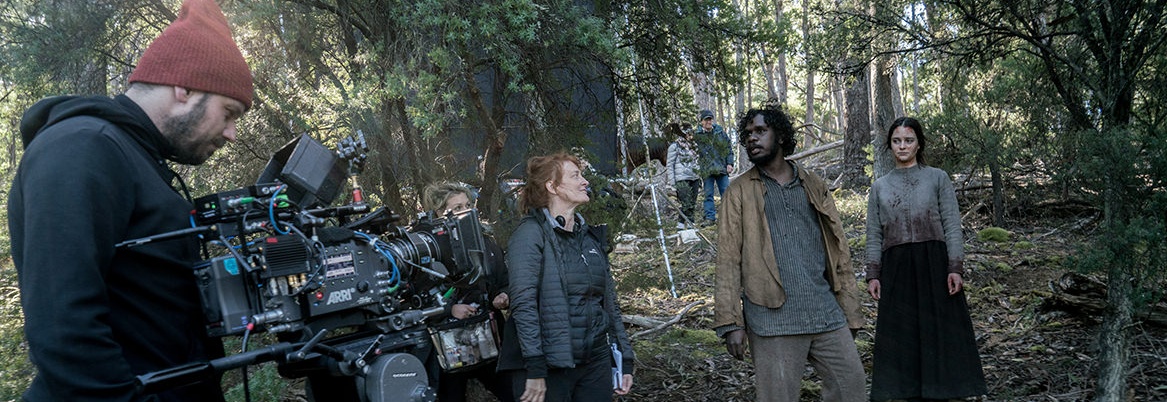Location Submissions - FAQs
What makes a good location and a good location photo?
This is a tough question because productions can be looking for almost anything. One aspect that is just about universal is easy access. Most productions come with trucks – lots of trucks, even stills shoots. Taking photos of the access point(s) to your property will be important.
Most properties come with some restrictions – from being under a flight path or next to a highway, or simply being unavailable at certain times. Whilst noise restrictions will affect your property’s ability to host a production where location sound is important, it may not be relevant to a stills shoot or a music video. Please note any restrictions in the form.
You must also be the owner of the property (or have sufficient rights to the property) with the authority to permit a production to access that property. If the production is put at risk because you cannot grant access to the property after signing a location agreement, you may be liable for costs and damages (big film crews can cost hundreds of thousands per day).
Location shots should showcase your property’s unique points, but:
- remember to include wide shots, shots of your property in relation to the surrounding area and include both interior and exterior shots
- please use landscape NOT portrait
- consider the time of day and the suitability of the weather – and also remember that these photos are published on a public website
- please take your property’s security into account in deciding what to photograph.
Maximum number of photos – 10
Maximum size for each photo – 10 MB
How does being chosen as a location work?
If your location is of interest to a production, the first person in contact, after Screen Tasmania, will either be a Location Scout or Location Manager. The Location Scout presents the production team with lists of suitable locations and, the Location Manager handles negotiations and the management of all chosen locations. In some productions, the Location Manager also does the scouting.
You should ask some questions, but also understand that your location might not be the final one chosen.
- What sort of production is it?
- What’s the name of the production company and the title of the production?
- Do they have insurance to cover locations?
- Ask for the name of the contact at the production company – either the Location Manager or Production Manager.
- If chosen, when will the property be needed – including preparation days, shooting days/hours and pack-up days?
- Ask for a description of what would happen to your property (an Art Department will, most probably, need to do some work in and around your property before shooting and then take it back to its original state) and what scenes would be filmed there.
- Ask about numbers of trucks and cars, and the size of the cast and crew.
- If your property is chosen, the production should offer a fee to cover your expenses and inconvenience.
What happens if a production damages my property?
Before allowing a production to access your property, you should have signed a location hire agreement. This agreement should cover all possibilities to ensure the production company carries the risk for damage. All production companies must carry full public liability insurance for locations.
The Location Manager is in charge of these issues including remediation. The Location Manager also manages the cast and crew’s behaviour on set, management of non-employees, parking and areas where cast and crew eat and take breaks. Any issues should be brought to the Location Manager’s attention immediately.
